GE Induction range: freestanding versus slide-in
studioksr
10 years ago
Related Stories

KITCHEN DESIGNHow to Find the Right Range for Your Kitchen
Range style is mostly a matter of personal taste. This full course of possibilities can help you find the right appliance to match yours
Full Story
HOUSEKEEPINGHow to Clean Your Range and Oven
Experts serve up advice on caring for these kitchen appliances, which work extra hard during the holidays
Full Story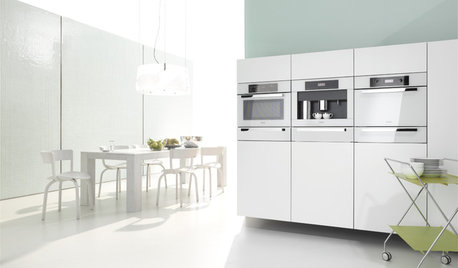
KITCHEN DESIGNWhite Appliances Find the Limelight
White is becoming a clear star across a broad range of kitchen styles and with all manner of appliances
Full Story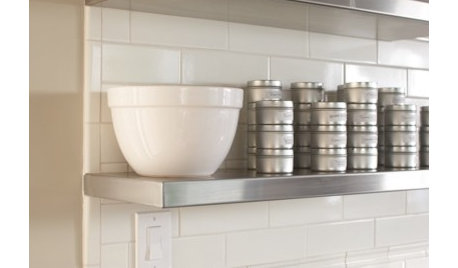
KITCHEN DESIGNHow Much Does a Kitchen Makeover Cost?
See what upgrades you can expect in 3 budget ranges, from basic swap-outs to full-on overhauls
Full Story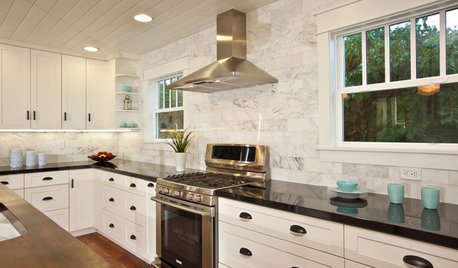
KITCHEN DESIGNHow to Pick Your Important Kitchen Appliances
Find the ideal oven, refrigerator, range and more without going nutty — these resources help you sort through your the appliance options
Full Story
KITCHEN APPLIANCESFind the Right Cooktop for Your Kitchen
For a kitchen setup with sizzle, deciding between gas and electric is only the first hurdle. This guide can help
Full Story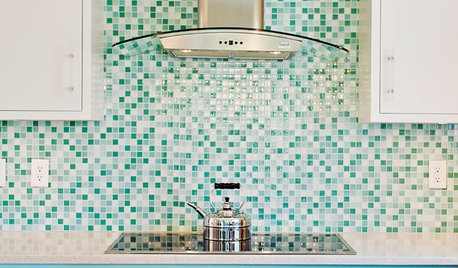
KITCHEN DESIGN9 Popular Stovetop Options — Plus Tips for Choosing the Right One
Pick a stovetop that fits your lifestyle and your kitchen style with this mini guide that covers all the basics
Full Story
KITCHEN APPLIANCESLove to Cook? You Need a Fan. Find the Right Kind for You
Don't send budget dollars up in smoke when you need new kitchen ventilation. Here are 9 top types to consider
Full Story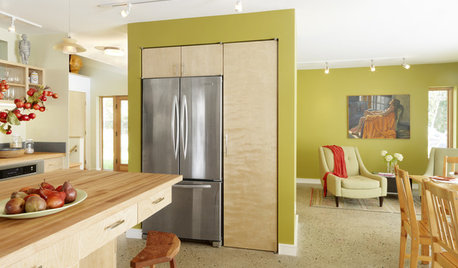
REMODELING GUIDESGet the Look of a Built-in Fridge for Less
So you want a flush refrigerator but aren’t flush with funds. We’ve got just the workaround for you
Full Story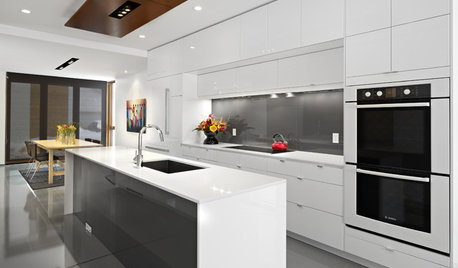
KITCHEN APPLIANCESFind the Right Oven Arrangement for Your Kitchen
Have all the options for ovens, with or without cooktops and drawers, left you steamed? This guide will help you simmer down
Full Story





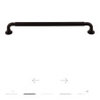

deeageaux
studioksrOriginal Author
Related Professionals
Amherst Kitchen & Bathroom Designers · San Jacinto Kitchen & Bathroom Designers · South Sioux City Kitchen & Bathroom Designers · Boca Raton Kitchen & Bathroom Remodelers · Honolulu Kitchen & Bathroom Remodelers · Oklahoma City Kitchen & Bathroom Remodelers · Oxon Hill Kitchen & Bathroom Remodelers · Southampton Kitchen & Bathroom Remodelers · Vienna Kitchen & Bathroom Remodelers · Princeton Kitchen & Bathroom Remodelers · East Saint Louis Cabinets & Cabinetry · Beaumont Cabinets & Cabinetry · Crestview Cabinets & Cabinetry · Graham Cabinets & Cabinetry · North Bay Shore Cabinets & Cabinetrydeeageaux
jwvideo
Caya26
fauguy